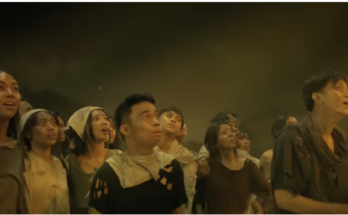TO validate once again the status of birding sites and the degree of difficulty in photographing Philippine endemic birds, four members of Haring Ibon and Bird Finder Philippines – Djop Tabaranza, Ben Maputi, Vinz Pascua and yours truly embarked on a 12-day bird photography tour around Mindanao.
Here is our day 9 and 10 of birding:
Day 9 – PICOP Timberland Forest, Bislig City, Surigao del Sur


It took us more than an hour to reach the birding site inside the Paper Industries Corporation of the Philippines (PICOP) Timberland Forest. A 4×4 vehicle is needed to navigate the once smooth road network already worn out by neglect over the last decade.
Our Bird Finder Zardo Goring, as always, was ready at four in the morning and brought us to another place as the usual birding area is becoming smaller and smaller due to rampant and increasing illegal logging. We have heard of the same stories since 2009 when I first visited the place and have personally seen the sorry state more than a decade ago.
Today, the burst of chainsaw motors every couple of hours became constant engine roars during our entire birding hours, completely replacing the songs of birds, the rustling of leaves, the breeze of wind and the murmurs of streams. Yet still, we managed to see Striated Wren-Babblers, Mindanao Pygmy Babblers, Olive-backed Flowerpeckers, and Mindanao Blue Fantails.
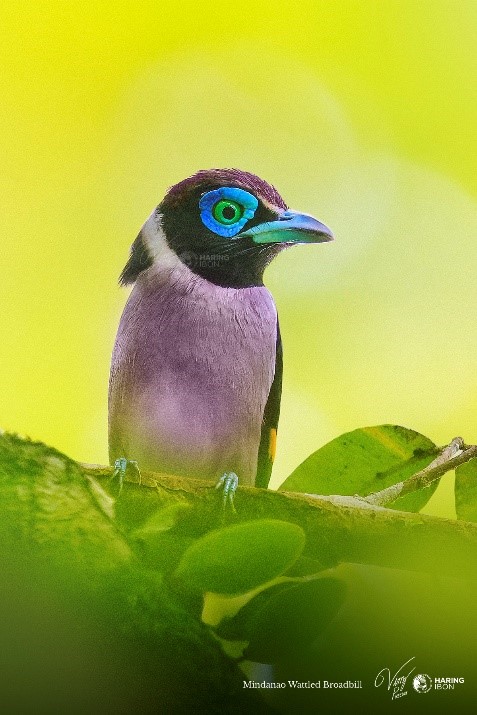
However, the highlight for this day is the incredible Mindanao Wattled Broadbill, a species we’ve all been eager to get a photo of ever since we started planning the Mindanao exploration. A few times, we would be disturbed by the passing of habal-habal and skylab. We hiked to areas where the Celestial Monarch was previously sighted and photographed, but we were not given the chance to ever hear a tone of the song of this rarely photographed endemic whose sketch graces the cover of the recently published “Birds of the Philippines” by Desmond Allen.
The afternoon brought us to a more publicly accessed road where the Rufous-lored Kingfishers and Mindanao Hornbills answered our calls. We waited till the night came for the owls. They called but never came near us.
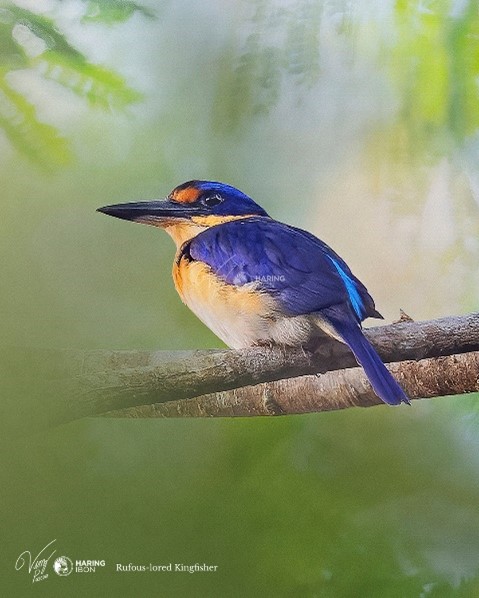
The birding area is part of the former PICOP which started in 1952, initially as Bislig Industries, Inc. It was a forest concessionaire of more than 180,000 hectares of forest lands integrated with pulp and paper operations. In the early 80s, it already had more than 2,000 kilometers of roads, unpaved but hardened and smoothened with crushed limestone, and was producing tens of thousands of metric tons of lumber, plywood and newsprint, and undertook the planting of fast-growing trees like Falcata, Eucalyptus, Acacia mangium, Gmelina and pine trees.
PICOP fell apart in the late 80s when it was greatly affected by various internal and external issues. In 2006, then already known as PICOP Resource Incorporated or PRI, was shut down.
Day 10 – PICOP Timberland Forest, Bislig City, Surigao del Sur
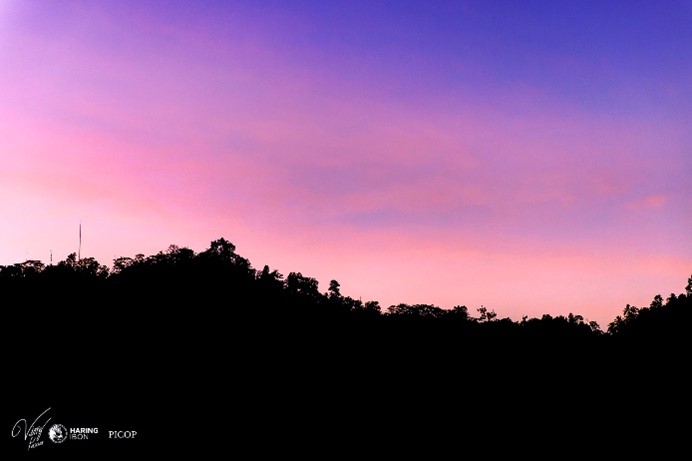

Bird Finder Zardo used to work in PICOP as part of the security unit. He was recruited to be a guide and trained by no less than Tim Fisher, one of the authors of the “Guide to the Birds of the Philippines,” the precursor of Desmond Allen’s “Birds of the Philippines.” Fisher was doing birding tours with mostly foreign birders in various parts of the country, and Zardo was his man in Bislig.
I remembered Zardo’s stories about the Philippine Eagle hunting in the timberland forest and drinking in Tinuy-an Falls, believed to be the widest falls in the country. We both saw the beak remains of the Woolly-necked Stork from a hunter who lived near the falls, maybe a portion of the skeletal remains of the last of the now extirpated species.
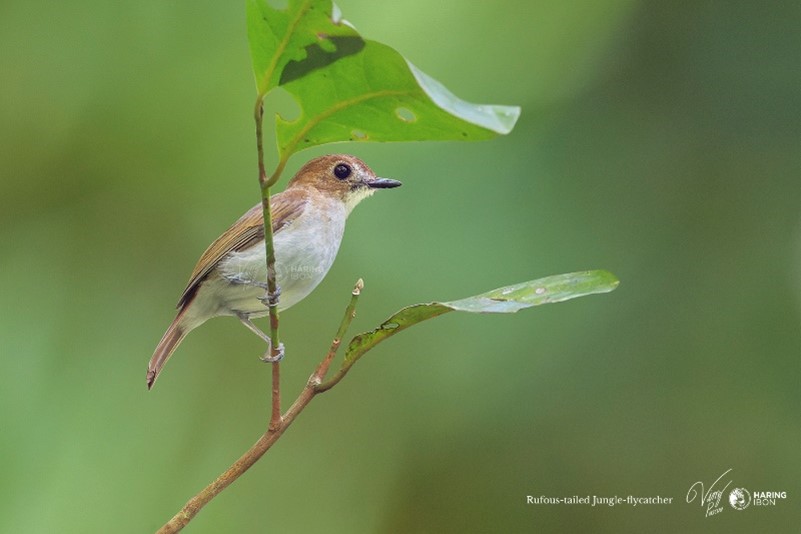
Our second day in the timberland forest was a hopeful attempt to find the Celestial Monarch who still never gave us that pleasure. The roar of chainsaws was the loudest sound we could hear the entire time we were there.
Before leaving our first stop, we were surprised by a mixed-species foraging flock comprised of Southern Rufous Paradise-flycatchers, Mindanao Blue Fantails, Yellowish Bulbuls, Philippine Bulbuls, and Yellow-wattled Bulbuls.
Amongst the mixed flock was a rare and tiny flycatcher species that perched right in front of our group and then suddenly left. Only Vinz was able to photograph this small bird, and we later identified it, with the help of Desmond Allen, as a Rufous-tailed Jungle-flycatcher. We went to the site where we usually photograph the Silvery Kingfisher, but it was nowhere there.
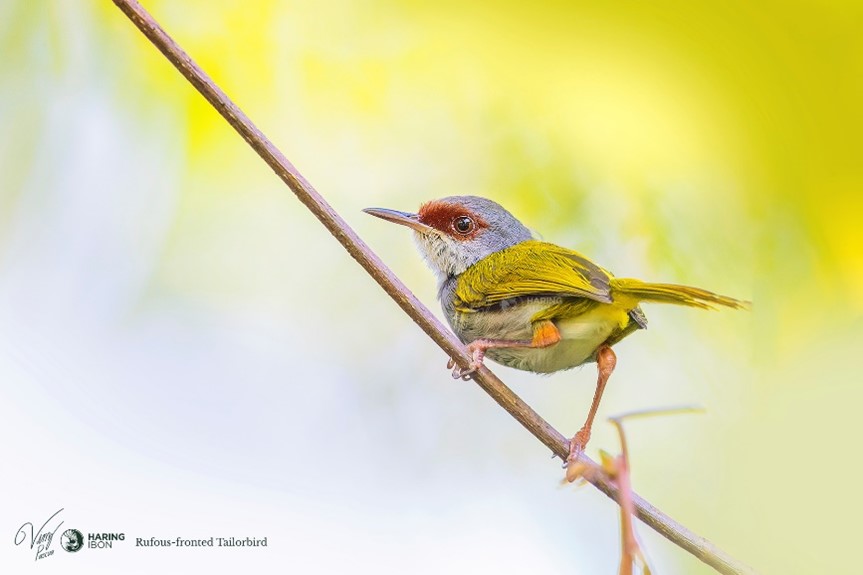
The once pristine pond and river were muddled with brown soil and the vegetation was now completely different. Years ago, we could still go near the pond and hide behind the large leaves of water plants and banana trees in the area, now we could no longer approach it, a fence already kept us at bay and we could only take the view from the road.
The African Tulip tree across the street was booming with flowers and lots of sunbirds and flowerpeckers were flying around its red blooms. It could have been a bountiful harvest but the harsh sunlight did not give us the ideal image. In the underbrush, Vinz managed good close-up photos of endemic Rufous-fronted Tailorbirds.
Our birding ended with lunch with Board Member Conrad Cejoco. My first visit to Bislig and PICOP Timberland Forest was in 2009 when then Vice Mayor now Board Member Conrad Cejoco invited and sponsored birdwatchers and bird photographers from the Wild Bird Club of the Philippines (WBCP). At that time Vice Mayor Cejoco already knew that time was running out for the protection and conservation of their forest, wild birds and wildlife as illegal logging, slash and burn clearing, illegal settling, etc. are slowly eating their way into the former timberland.
It is supposed to be under government jurisdiction but it seems lawlessness lorded over it. Yet still the local government, the birders and the people, the trees, birds and wildlife too I can say, pray that the government sees this part of Mindanao and do something about the dying forest.
Visiting Atty. Cejoco in his house allowed me to see once again the mounted photographs of our early images of Bislig birds. Much better and nicer images have been created since then, and it is time to replace them.
Atty. Cejoco discussed his vision and goals of having a protected birding
and nature park, a small portion in the timberland forest, and of mobilizing students and other advocates for its realization.



